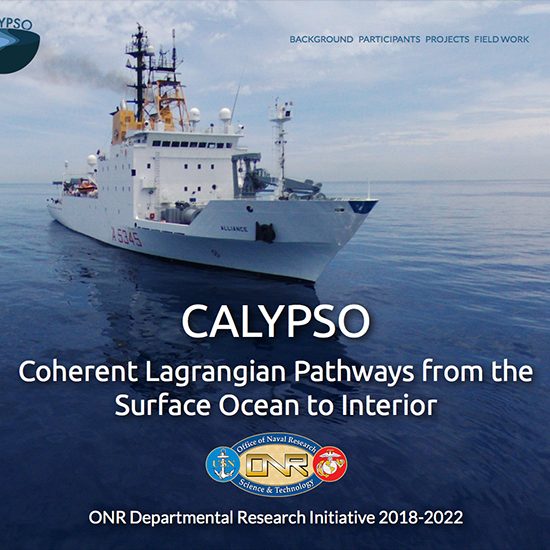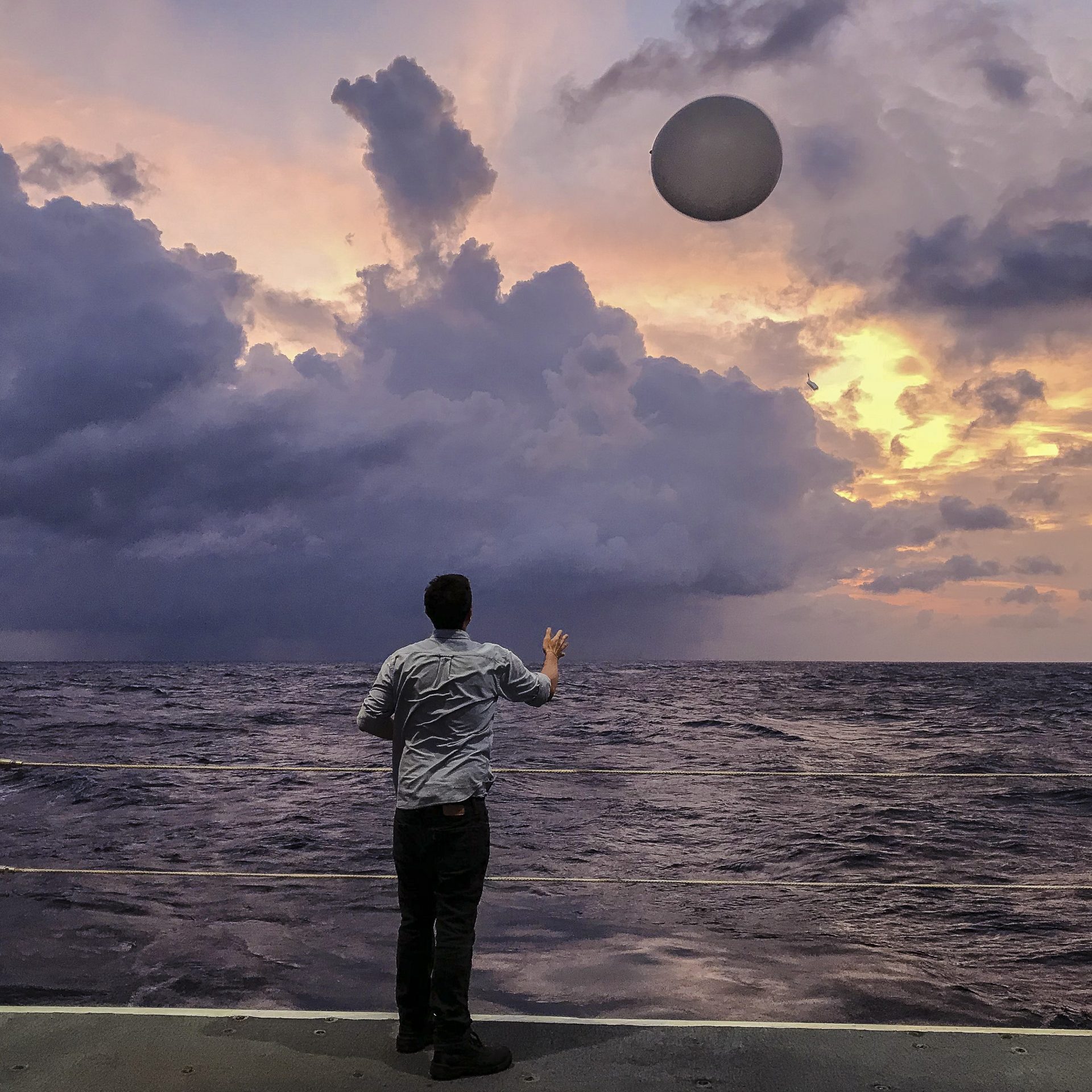Projects
Current Projects
- Air sea interaction regional initiative in the Bay of Bengal (ASIRI)
- Submesoscale processes, freshwater dispersal and air-sea interaction in the Northern Indian Ocean, ONR
- Eddy-driven subduction of particulate organic carbon, NSF
- Interpreting the ocean’s interior from surface data, NASA
- Response of coastal wetlands to sealevel rise, NICCR,DOE
- On the importance of submesoscale processes to ocean productivity, NSF
- Impacts of changing seasonality of wind-driven mixing on the Arctic, NSF
- A modeling study of mixed layer processes underlying the North Atlantic Bloom, NSF
- From stirring to mixing: Submesoscale routes to lateral dispersal of tracers in the ocean, ONR
- Lagranging tracking of satellite products with a numerical model for biological production, NASA
Areas of Research
- Non-hydrostatic ocean modeling
- Open boundary conditions in ocean models
- Upper ocean nutrient supply for phytoplankton
- Carbon14 as a tracer of global circulation
- What can singular vectors tell us about predictability
- Atmospheric angular momentum: Can we close the budget with satellite wind data?
- Tracers in the Ocean: Why they differ in their spatial heterogeneity at the surface
- Sea surface pCO2: How it responds to upwelling and mixing
- Convection in the ccean
- Lateral exchange across the shelfbreak front
- Flow over aquatic vegetation
- Vertical motion at ocean fronts; an investigation of nonhydrostatic effects
- Submesoscale ocean processes
- Channel formation by erosion

Calypso
CALYPSO (Coherent Lagrangian Pathways from the Surface Ocean to Interior) is an ONR Departmental Research Initiative that addresses the challenge of observing, understanding and predicting the three-dimensional pathways by which water from the surface ocean makes its way into the deeper ocean. Discovering the routes by which trace substances, phytoplankton, and dissolved gases like oxygen, are transported vertically, as they are also carried horizontally by oceanic currents, is the goal of this research. An innovative set of observational techniques are being used, along with process study models, predictive models, and data synthesis, to identify coherent pathways for vertical transport and to diagnose and predict the physical processes that underlie such subduction. Mara Freilich and Mathieu Dever worked on this. Currently, Katy Abbott, Leo Middleton and several others are involved.

MISO-BoB
Monsoon Intra-Seasonal Oscillations in the Bay of Bengal is an ONR-DRI to study the role of the ocean in the active-break cycles that occur during the summer monsoon over the Bay of Bengal. Though the total annual rainfall of the summer monsoon varies by just 10%, its intra-seasonal variability can be large and difficult to predict. Using observations and coupled modeling, we are aiming to understand the feedbacks of sea surface temperature and latent heat flux on the development and propagation of the active phase of the intra-seasonal oscillation (ISO).
Gualtiero Spiro Jaeger worked on this topic during his Ph.D. Currently, Postdoc Investigator, Alex Kinsella is exploring ISO mechanisms and freshwater feedbacks with a simple coupled model and data analysis.

ASIRI
Air-sea interactions in the Northern Indian Ocean is an ONR-DRI through which we examined the upper ocean structure and processes in the Bay of Bengal. The region is unique for a tropical ocean. The large input of freshwater makes the upper ocean density largely a function of salinity. Gualtiero Spiro Jaeger examined the stirring of spice (salinity/temperature variability on isopycnals) and cold surface filaments formed in winter due to submesoscale restratification of salinity fronts.